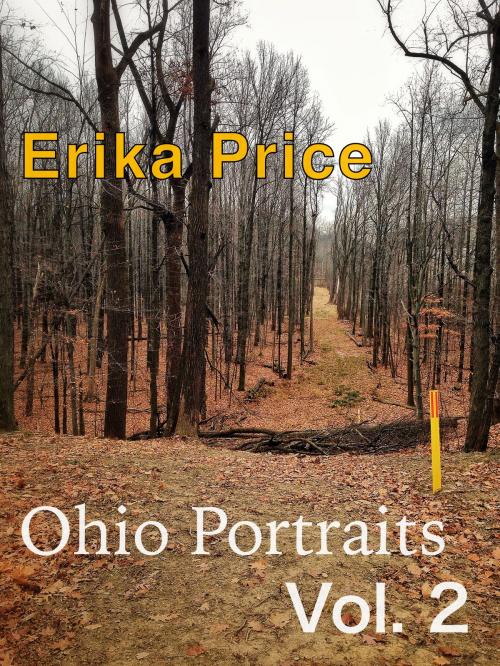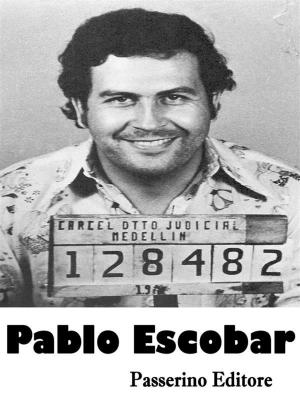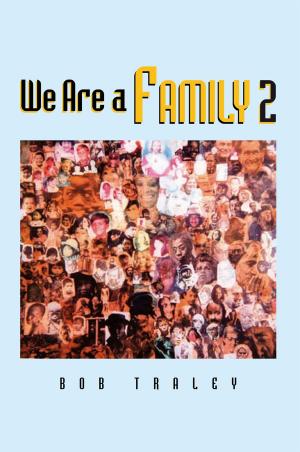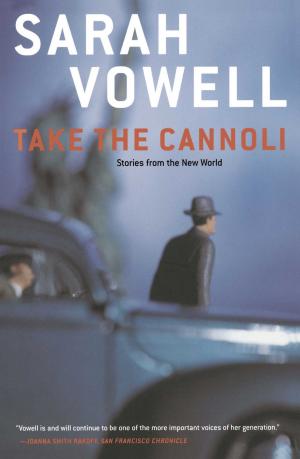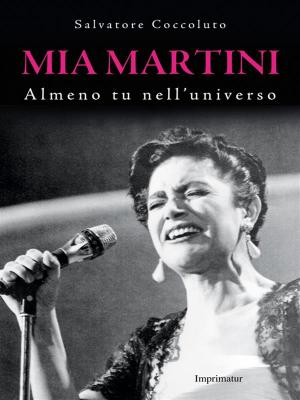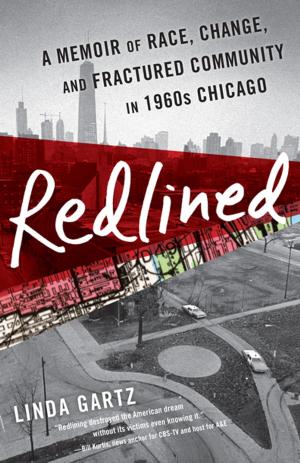Ohio Portraits Vol. 2: More Midwestern Micromemoirs
Nonfiction, Reference & Language, Language Arts, Writing & Publishing, Authorship, Biography & Memoir| Author: | Erika Price | ISBN: | 9781311076519 |
| Publisher: | Erika Price | Publication: | March 6, 2016 |
| Imprint: | Smashwords Edition | Language: | English |
| Author: | Erika Price |
| ISBN: | 9781311076519 |
| Publisher: | Erika Price |
| Publication: | March 6, 2016 |
| Imprint: | Smashwords Edition |
| Language: | English |
It was a quarry that easily yielded a novel and much-appreciated variety of sandstone that we called grindstone. Then it became the seat of a developing quarry village. Methodists came; they built a seminary and then a college. The college grew, welcomed women and then black people, and became a small town.
While it’s close in proximity to Cleveland, it is not technically a suburb. It was a city in its own right, a destination however small, and much older than a lot of the surrounding towns. It has a downtown area shaped like a triangle, an old clock tower, old stone churches, and gazebos abutted by water. It is prettier than your average maze of cul-de-sacs. It boasts the county fairgrounds.
The quarry was emptied and it became a trash heap. The people radiated out from the campus, built split-levels and duplexes for miles around. The trash grew fallow and smelly, and then it was covered in water. Ducks came back, and deer, and raccoons. The murky green water hid the marks that man had made, and the trash that man had left behind atop it. Then it became our primary water source.
A water treatment plant was nestled in the trees. A gorgeous park was built around it, suggesting that nature had never been fully perturbed. This attracted developers, who built houses. The houses brought families, who needed more schools. The burgeoning community attracted NASA, then the Cleveland Browns. It brought people from the East and other rust-belt towns. It brought our parents or grandparents.
Our water has a funny odor and a hard texture. It’s full of minerals that are probably okay for you. The quarry is still now, green and wet. We pull fish from it; we take wedding and confirmation photos near its gazebo. We walk the paths.
We take the remaining grindstones and cut them into circles, then use them for decorative signs in front of our schools, our churches, our library, our town museum. We are named after some two-bit nowhere of a place mentioned as an aside in the Bible. We are easily forgotten or overlooked, but we are distinctive.
We are shrinking. Our population is aging. Our schools are closing. We are falling apart. We are getting small. We are forgettable. But at least we still have NASA, our parents, the fairgrounds, and the Browns. It is a cheap place to live. A place where we all might one day retire.
It was a quarry that easily yielded a novel and much-appreciated variety of sandstone that we called grindstone. Then it became the seat of a developing quarry village. Methodists came; they built a seminary and then a college. The college grew, welcomed women and then black people, and became a small town.
While it’s close in proximity to Cleveland, it is not technically a suburb. It was a city in its own right, a destination however small, and much older than a lot of the surrounding towns. It has a downtown area shaped like a triangle, an old clock tower, old stone churches, and gazebos abutted by water. It is prettier than your average maze of cul-de-sacs. It boasts the county fairgrounds.
The quarry was emptied and it became a trash heap. The people radiated out from the campus, built split-levels and duplexes for miles around. The trash grew fallow and smelly, and then it was covered in water. Ducks came back, and deer, and raccoons. The murky green water hid the marks that man had made, and the trash that man had left behind atop it. Then it became our primary water source.
A water treatment plant was nestled in the trees. A gorgeous park was built around it, suggesting that nature had never been fully perturbed. This attracted developers, who built houses. The houses brought families, who needed more schools. The burgeoning community attracted NASA, then the Cleveland Browns. It brought people from the East and other rust-belt towns. It brought our parents or grandparents.
Our water has a funny odor and a hard texture. It’s full of minerals that are probably okay for you. The quarry is still now, green and wet. We pull fish from it; we take wedding and confirmation photos near its gazebo. We walk the paths.
We take the remaining grindstones and cut them into circles, then use them for decorative signs in front of our schools, our churches, our library, our town museum. We are named after some two-bit nowhere of a place mentioned as an aside in the Bible. We are easily forgotten or overlooked, but we are distinctive.
We are shrinking. Our population is aging. Our schools are closing. We are falling apart. We are getting small. We are forgettable. But at least we still have NASA, our parents, the fairgrounds, and the Browns. It is a cheap place to live. A place where we all might one day retire.
